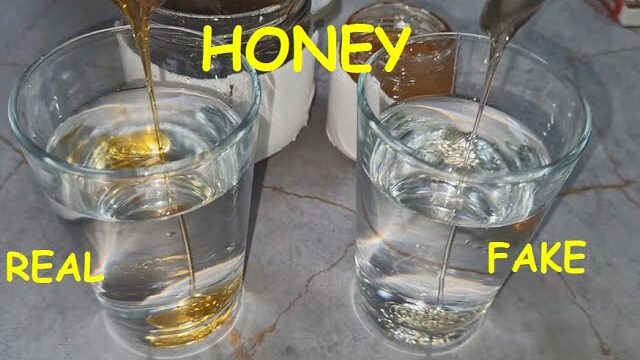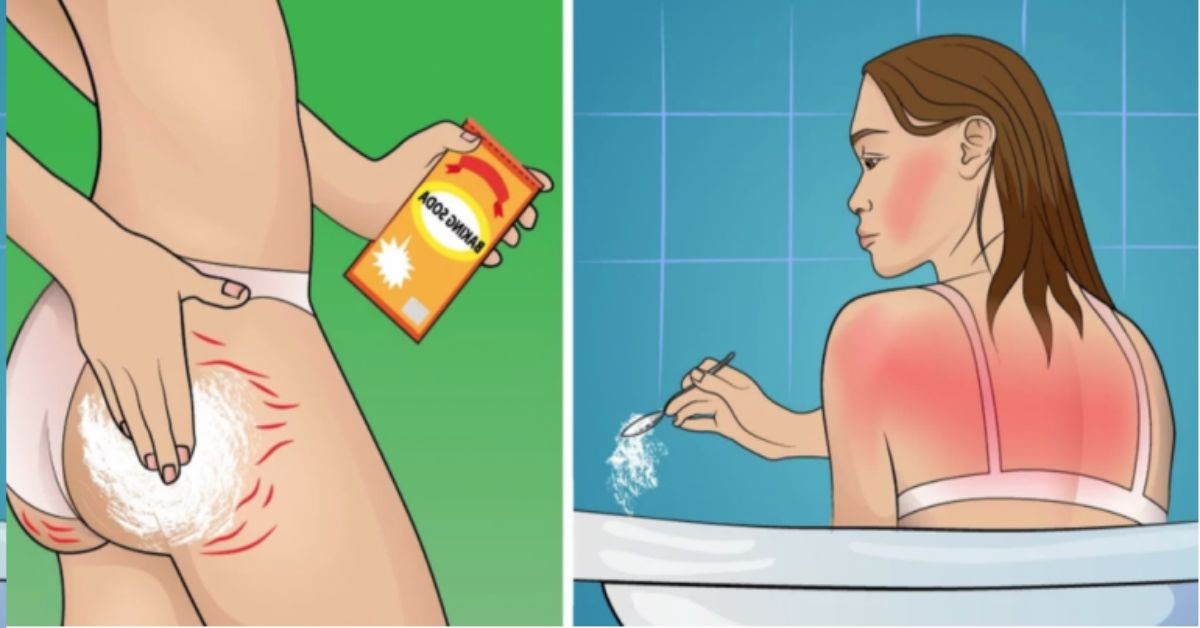
In the world of natural products, honey holds a special place for its health benefits and unique flavor. However, with the rise of commercial production, the market is also flooded with imitations or adulterated versions of honey. Knowing how to distinguish pure honey from a fake or impure one is crucial for anyone looking to enjoy the true benefits of this golden liquid. Here are some practical tips and tests you can use to verify the purity of honey.
1. The Water Test:
- Method: Fill a glass with water and add a tablespoon of honey into the glass.
- Observation: Pure honey will settle at the bottom of the glass in a solid, intact lump. Impure honey will dissolve rapidly and diffuse through the water.
2. The Thumb Test:
- Method: Put a small drop of the honey on your thumb.
- Observation: If it stays intact and doesn’t spill or spread around, it is likely pure. If it spreads or spills, it may be impure, as pure honey is thick and doesn’t drip easily.
3. The Flame Test:
- Method: Dip a dry matchstick into honey, and strike it against the matchbox as if to light it.
- Observation: If the honey is pure, the matchstick will light with ease and the flame will burn off the honey. Impure honey contains moisture and may prevent the matchstick from lighting.
4. The Vinegar Test:
- Method: Mix a few drops of honey into a mixture of water and a few drops of vinegar.
- Observation: If the solution forms foams, that is a sign that the honey might be adulterated with gypsum.
5. The Heat Test:
- Method: Heat a spoonful of honey in a microwave or in a pan until hot.
- Observation: Pure honey will caramelize quickly and not become foamy, but impure honey may become bubbly and may not caramelize.
6. The Paper Test:
- Method: Place a few drops of honey on a piece of paper.
- Observation: Pure honey won’t be absorbed by the paper right away. Impure honey with excess water will be absorbed more quickly.
7. The Shelf Life Observation:
- Method: Observe the honey over a period of time.
- Observation: Pure honey will crystallize over time, especially when exposed to cold temperatures. Impure honey will remain looking like syrup, no matter how long it is stored.
Conclusion: While these tests are helpful in giving an indication of whether honey is pure or not, they are not foolproof. The most reliable method to ensure you are buying pure honey is to purchase from a trusted local beekeeper or a reputable source with good reviews and transparent sourcing information. Also, certified organic honey is less likely to be adulterated, so it might be worth the extra investment for those who regularly consume honey for its health benefits.



